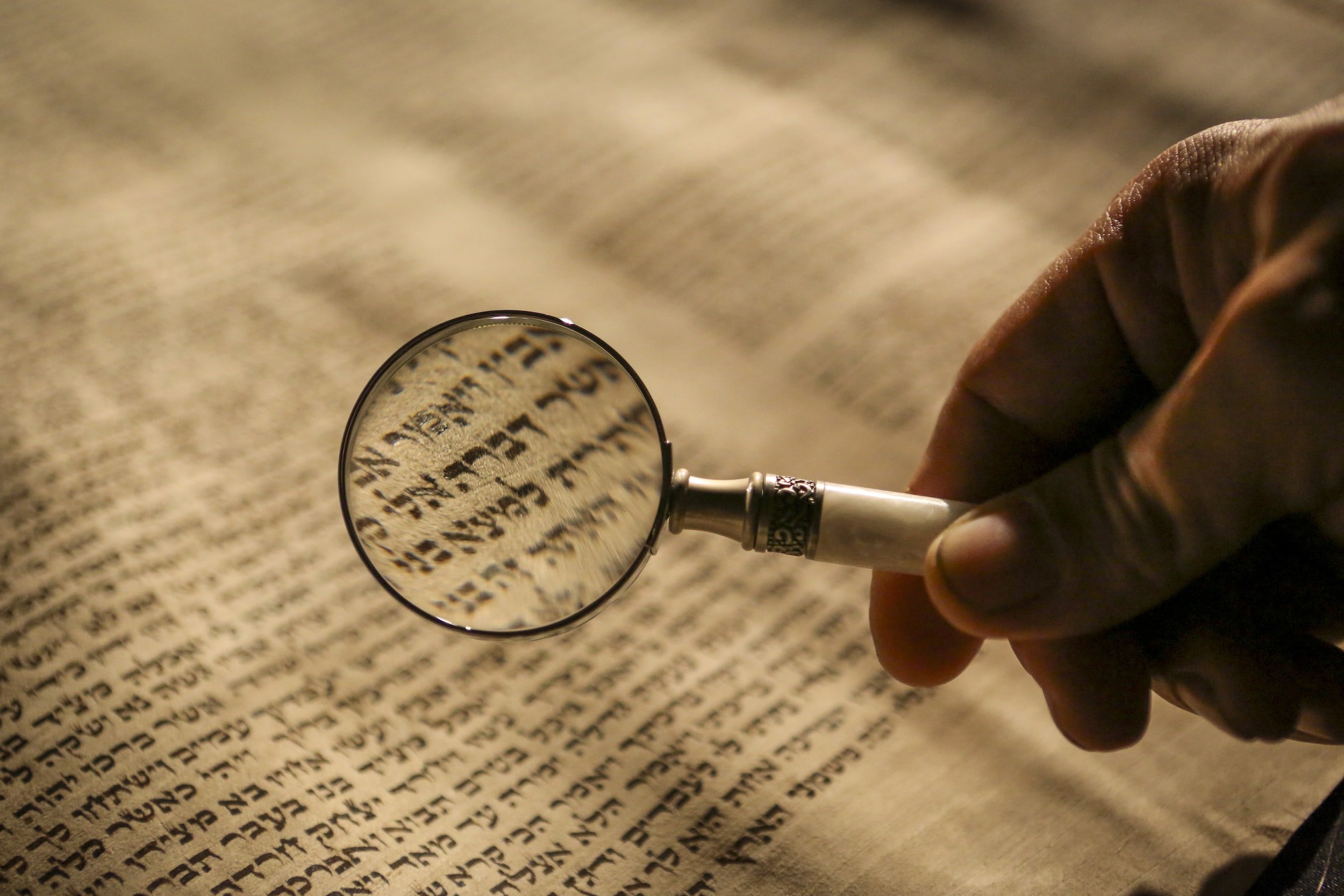Israeli Earthquake Rescue Team Returns 200-year-old Scrolls of Esther to Turkey
The goodwill Israel earned when it sent a team of nearly 700 emergency medical responders to Turkey following the magnitude 7.8 earthquake that devastated Hatay province on Feb. 6 evaporated after the revelation that the search and rescue team secretly exported two 200-year-old Scrolls of Esther from Antakya at the end of its six-day mission there.
After an outcry in Turkish media and reports that Ankara’s Anti-Smuggling Department had begun an investigation, Maj. Haim Otmazgin, the head of ZAKA — Israel’s community emergency response team most of whose members are Orthodox Jews — handed over the Hebrew manuscripts on Feb. 19 to Chief Rabbi Ishak Haleva in Istanbul.
Saul Cenudioğlu, the long-standing leader of Antakya’s Jewish community, and his wife, Fortuna Cenudioğlu, both died when their home collapsed on Feb. 6.
The historical scrolls will likely be put on display at the Jewish Museum of Turkey here. The museum, inaugurated in 2001, is housed in the former Zülfaris Synagogue built in 1671 in the Galata District opposite the Golden Horn.
Antakya’s pulverized synagogue is unlikely to ever be rebuilt, bringing to an end the city’s centuries-old Jewish community. Known in antiquity as Antioch, the city was founded in 300 B.C. by Alexander the Great’s Gen. Seleucus I Nicator in the Orontes River valley. One of the biggest metropolises in the Greco-Roman world, it rivaled Alexandria and Constantinople. St. Peter and St. Paul are said to have established one of the oldest Christian communities here, and it’s here that the word “Christian” first came into use.
“Along with our (destroyed) Antakya Synagogue, the 2,500-year-long Jewish life has come to an end with great pain,” the community said on Twitter. “We are in deep pain from losing the veteran president of our Antakya Jewish community, the city’s elder brother, symbol, our elder, the exemplary Saul Cenudioğlu and his wife, Fortuna Cenudioğlu, in the Antakya Earthquake.”
With the death of the two pensioners, Antakya’s Jewish community has been reduced to 12 people. To date, 50,000 victims in Turkey and neighboring Syria have been recovered from the earthquake.
Otmazgin received the scrolls following the discovery on Feb. 10 by ZAKA volunteers, as well as Israel Defense Force Home Front Command soldiers, of the body of Cenudioğlu. An unidentified survivor of the destroyed house of prayer who handed the scroll over to a ZAKA member told Otmazgin, “I am afraid that the scrolls will fall into the wrong hands because of our closeness to Syria. Please protect them and make sure we are remembered.”
According to Turkish media, Otmazgin responded, “I am honored to save such an important historical document and to ensure that the legacy of the Jewish community in Antakya remains intact despite the destruction caused by the earthquake.”
The Book of Esther is part of the TaNaKH, the canonical collection of Hebrew scriptures, and is read on the festival of Purim occurring on March 6-7 this year.
While Turkey’s Culture and Tourism Ministry pledged, “We will restore our Antakya Synagogue, along with all other damaged registered works, and reopen it to the worship of our citizens,” observers in Israel noted Ankara’s poor record in the repatriation of disputed antiquities.
A flurry of news reports in March 2022 suggested the Siloam Inscription, a 2,700-year-old ancient Hebrew text taken to the Ottoman capital of Constantinople after its discovery in 1880 and currently on display at the Istanbul Archaeology Museum, would be returned to Jerusalem as a goodwill gesture amid warming ties between the two countries.
To date, nothing has happened.
Gil Zohar was born in Toronto, Canada and moved to Jerusalem, Israel in 1982. He is a journalist writing for The Jerusalem Post, Segula magazine, and other publications. He’s also a professional tour guide who likes to weave together the Holy Land’s multiple narratives.


